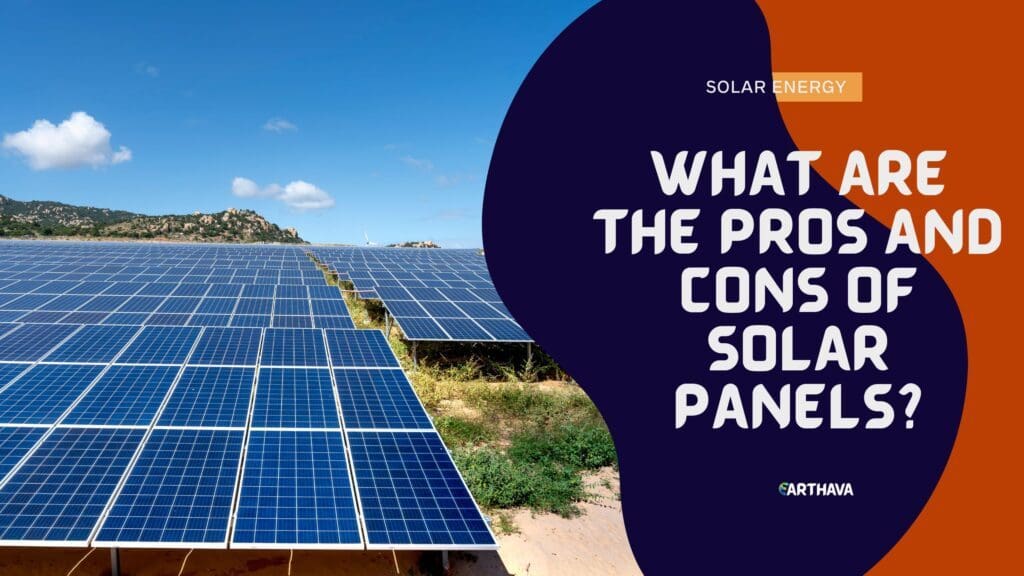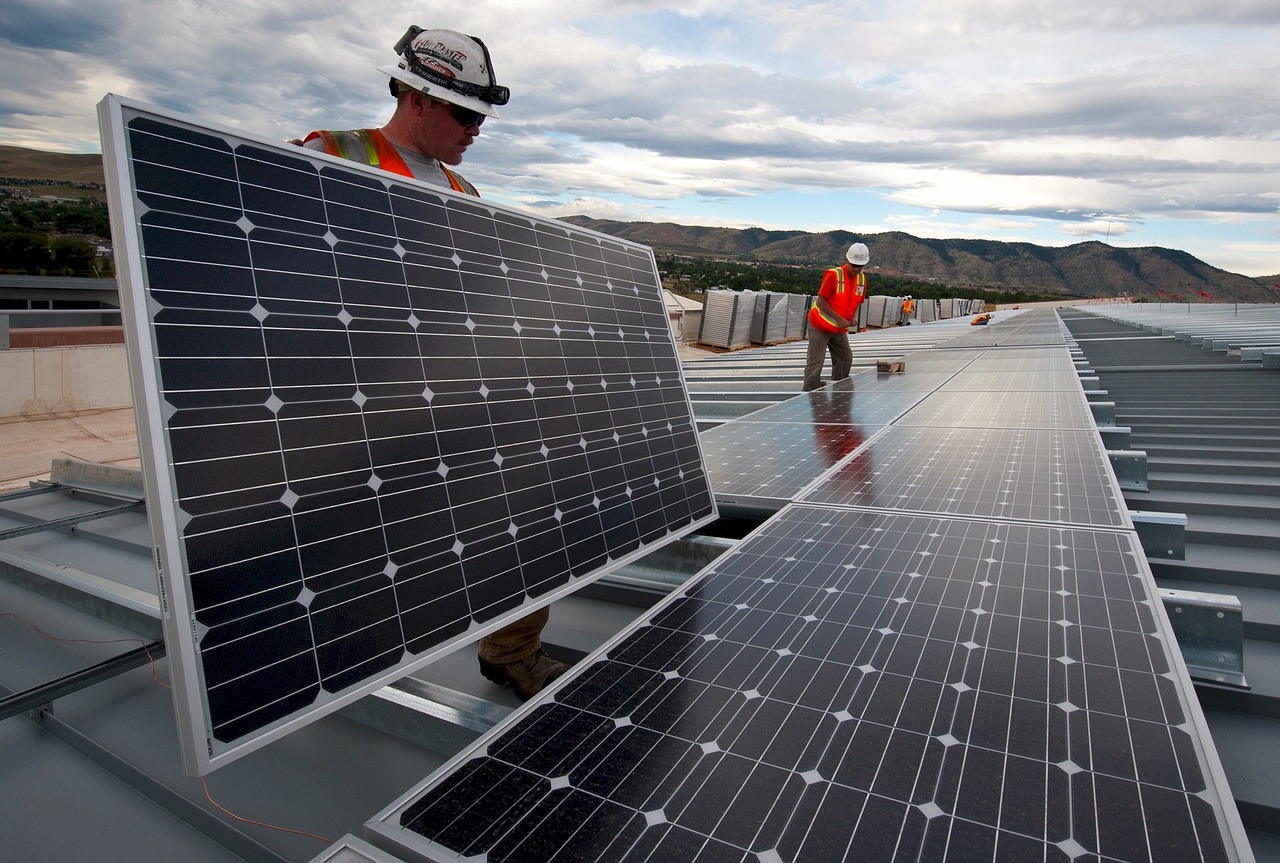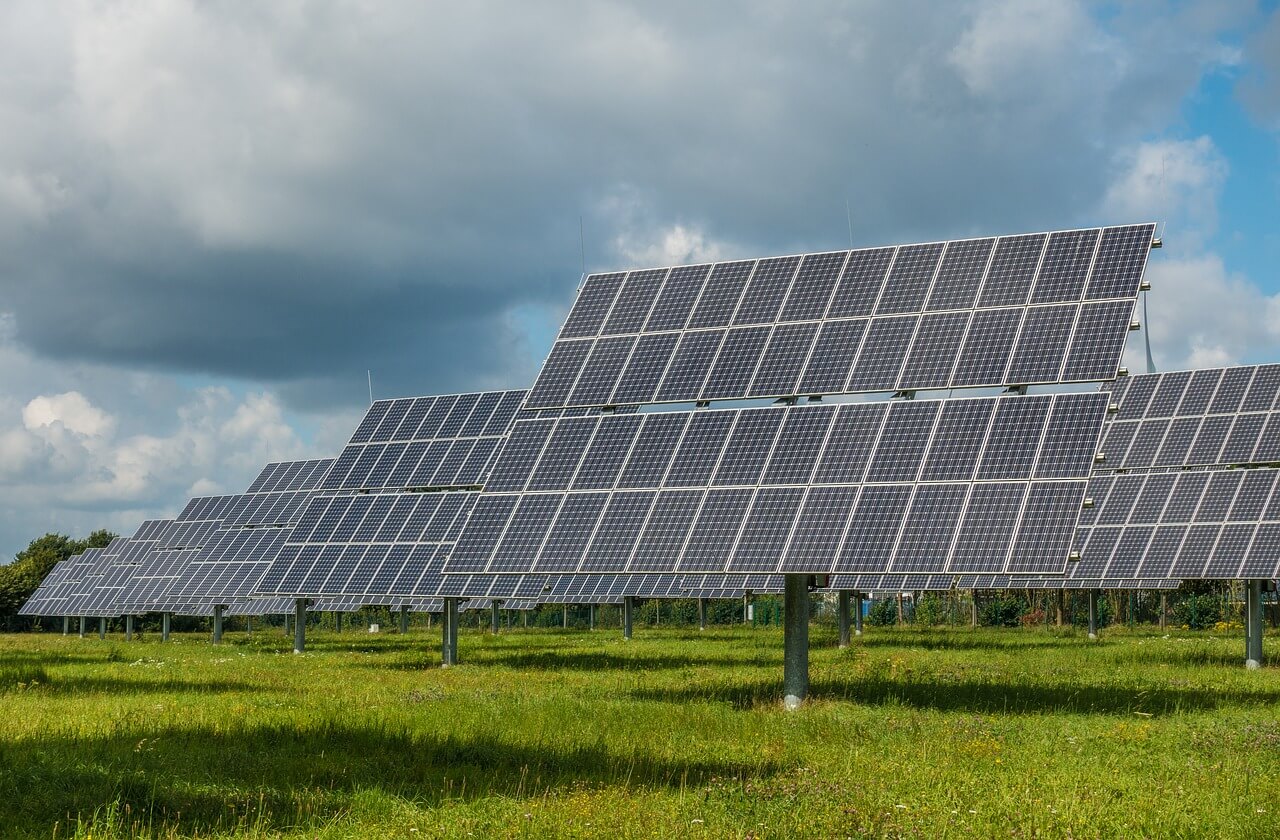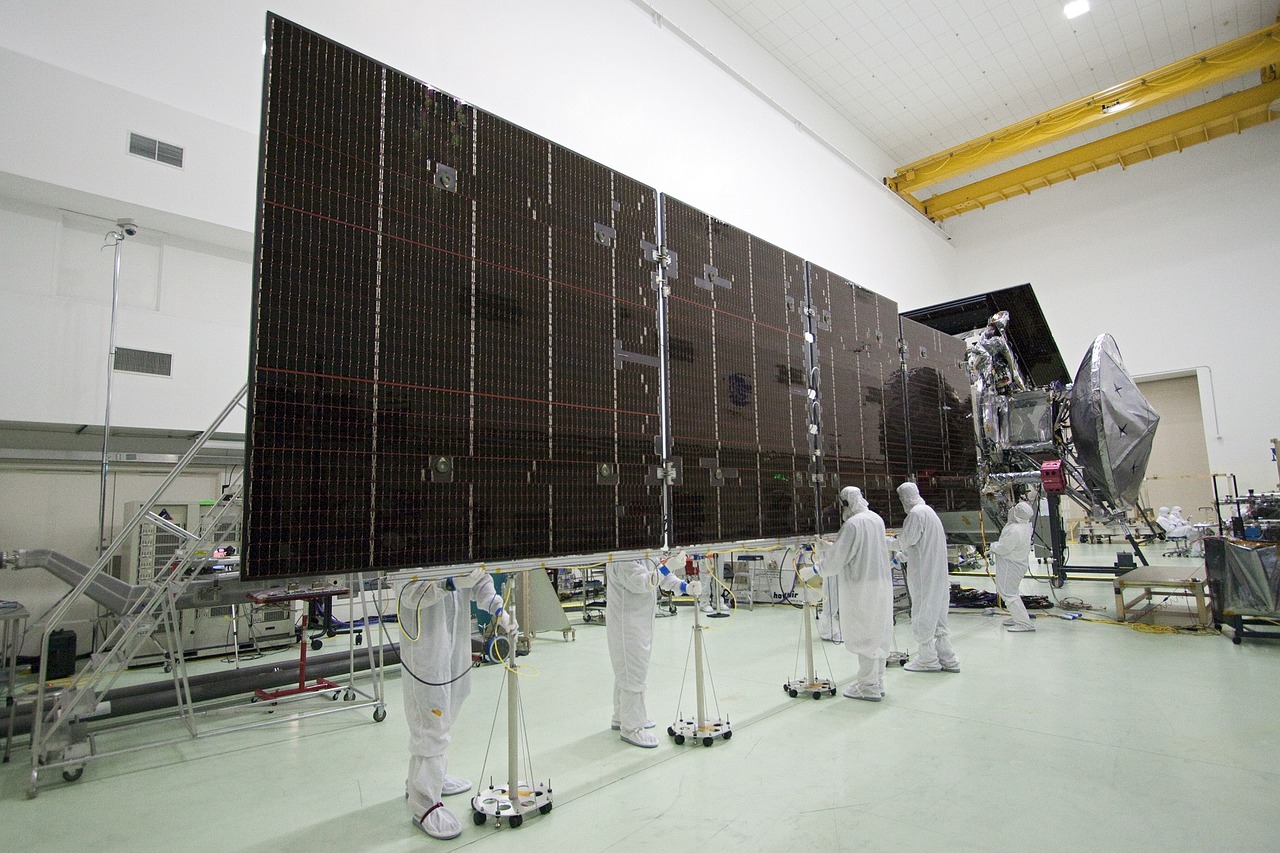Solar power is the promised savior of our environment. But if so, why are there so many articles about it not being environmentally friendly? There is a popular idea among green energy skeptics that solar power panels are actually causing the same sort of negative effects on the environment as non-renewable energy sources, such as coal, oil, etc.
The main argument for this idea might be that the manufacturing process of solar panels causes similar, if not greater, pollution to regular energy sources. This is further backed up by the fact that solar panels have a relatively short lifespan, which means that their production almost never stops.
We admit that there is some basis to this theory, but more solid and convincing evidence is needed. Rather than referring to countless articles published on biased websites, we have decided to take into account some real studies about these claims. Our goal is to show the positive and negative effects of solar panels on the environment and to attempt to settle this debate once and for all.

Negative effects of the production process
First of all, the production process should be discussed. Extracting raw materials, changing their structure, treating them with many chemicals, etc. will certainly produce pollution. Unfortunately, this is exactly how solar panel production is conducted.
Solar panels are an intricate piece of technology and, as with every such piece of technology, manufacturers have to mine some exotic materials. For solar panels, the most important material beside aluminum, copper, and silver is definitely quartz. However, solar panels don’t use quartz in its raw form. Instead, manufacturers have to process it into a photovoltaic. This process is intense, and it requires a lot of heat and harmful chemicals to be completed.
This wouldn’t be that big of a problem if all components of solar panels were produced at a single facility. However, in the case of solar panels, one plant processes quartz, another one processes aluminum, and a third one copper. Compare that to coal that is mined, cleaned, and processed usually at a single location. You can see why manufacturing solar panels are considered to have the dirtiest production out of all forms of energy sources.
However, unlike coal and natural gas, once solar panels are manufactured and installed, they become emission-free. Thus, if we are to look at how much pollution a solar panel produces, we will have to spread the estimated pollution of its production process across its estimated lifespan, which is usually over 30 years. Spreading the pollution from its production across these 30 years, we get interesting results. According to these results, solar panels are up to ten times more environmentally friendly than any other source of energy.
Benefits of clean energy

There is a reason solar energy is also called clean energy. As mentioned in the previous section, solar panels do in fact produce some pollution. However, that is hardly their fault. If we take the production process out of the equation, solar panels are as clean as an energy source can get.
First, solar panels require almost no maintenance. Unlike power plants where people need to continuously monitor the energy production process, household solar panels don’t need to be checked for months. Sure, an occasional scrub and an annual check-up are great, but anything more than that would be a waste of resources.
Another great benefit of solar power is reduced energy bills. For example, 5kw solar systems can save you up to $1800 annually by reducing your energy bills. Now, what does this have to do with the environment? Well, if every household was powered by a 5kW solar power system, the usage of regular energy sources would drastically go down. That would mean fewer power plants, which makes for a cleaner environment.
Impacts on the land

We all know how harmful and destructive mines and power plants are for the environment. They take up a lot of land and create some of the worst conditions to live in. We argue, that solar panels can never impact land in such a way, however, it is true that they have some destructive tendencies as well, especially solar farms.
Nobody is saying that small solar panels on the rooftops of houses are affecting the environment. In fact, that is probably the smartest use of space. On the other hand, solar farms can potentially be as destructive to the environment as any power plant. These farms can spread across hundreds of acres of land, destroying natural wildlife habitats.
On the bright side, most, if not all, solar farms are intended to be set up in barren deserts. Another brilliant idea that engineers are pondering on is to build solar farms on abandoned mining lands, brownfields, etc. Since these are already damaged pieces of land, the impact on the environment would be kept to a minimum.
Recycling possibilities

One of the biggest concerns with solar panels is that they will create a new type of waste. As we learned earlier, solar panels are made from harmful and toxic materials. If broken panels aren’t properly disposed of, they can lead to serious environmental damage and public health threats.
That is why it’s very important to build a recycling infrastructure from the beginning. If solar panel manufacturers can get enough building materials from recycling broken panels, they could potentially cut their mining needs by a substantial amount. That would mean cleaner production, which could make solar panels become an even cleaner energy source. Luckily, governments around the world are already working on this. They offer great financial incentives for manufacturers and recycling plants alike.
That is about all that we have to say on this topic. It is clear, that some statements from skeptics are true, but in the end, those claims are blown out of proportion. Of course, the production of solar power panels is not clear, however, when you need to transform raw materials into usable photovoltaics, some pollution is inevitable. Nevertheless, even with such a production process, solar panels still manage to be less harmful to the environment overall.


